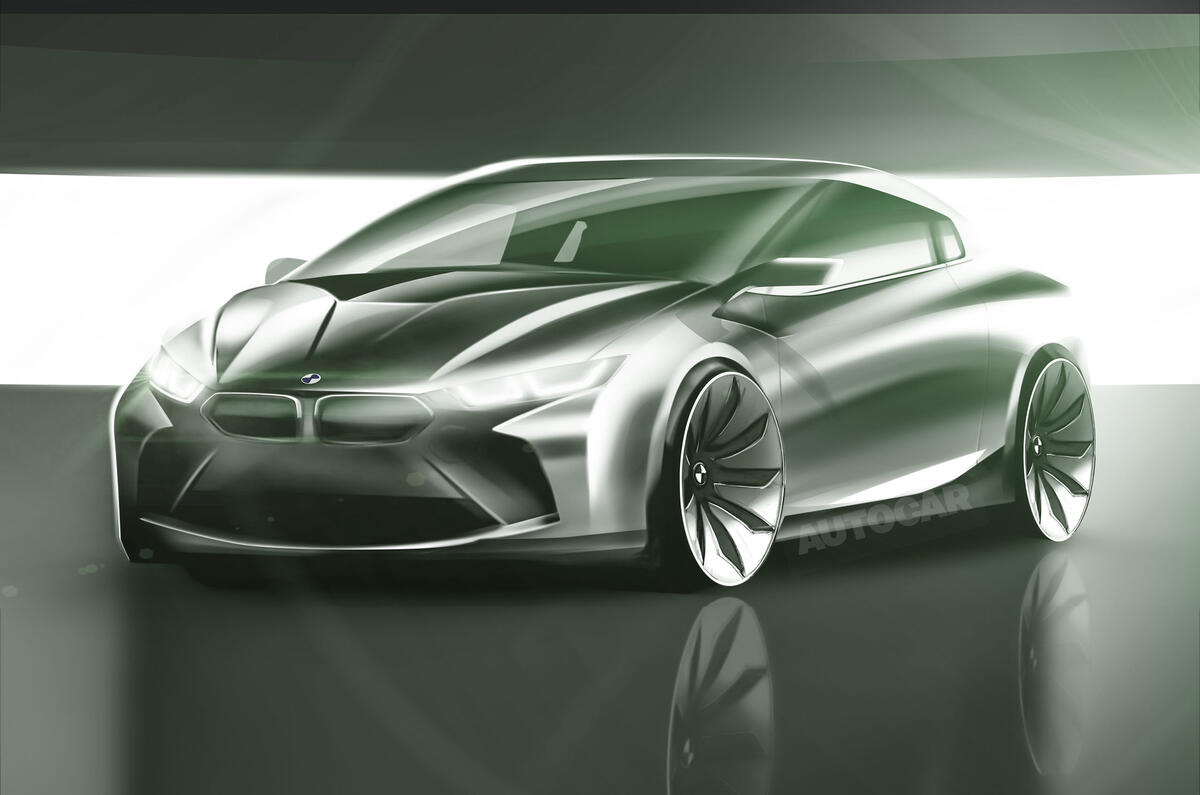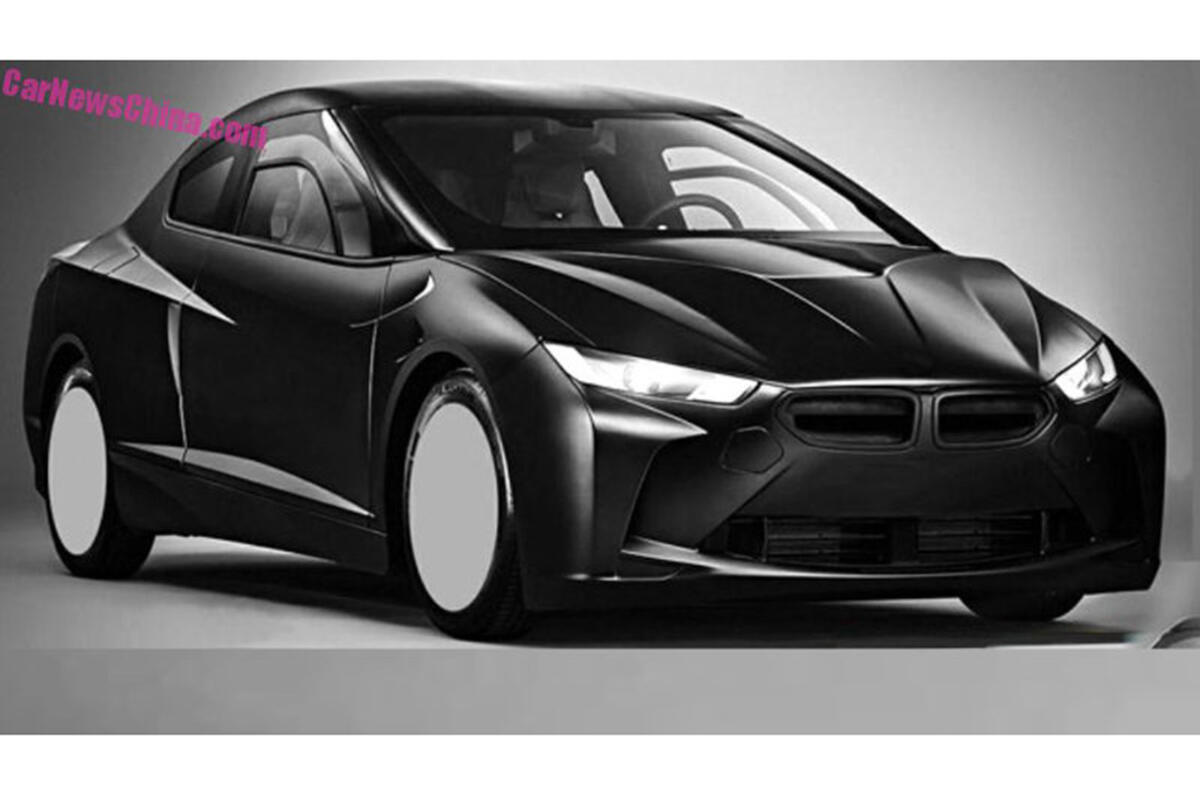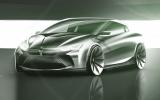A secret new high-tech BMW prototype has been unveiled precipitately in a series of patent register images, providing clues to developments future models from the German car maker's fledgling i brand are likely to adopt.
The leaked images, lodged by BMW officials at the Shanghai patent register office in China earlier this year, reveal a new wind-cheating plug-in petrol-electric hybrid research vehicle that was constructed at BMW’s R&D centre in Munich, Germany, and has recently pressed into a testing program.
Described by an insider with knowledge of BMW’s R&D activities as answer to the Volkswagen XL1, the secret four-seat prototype draws heavily on the company’s extensive experience in carbonfibre-reinforced plastic construction, using the lightweight material for its primary structure, outer panels, various interior elements and rims.
Nothing is official, although sources involved in BMW’s research activities suggest the new car hits the scales at less than 1150kg, making it 135kg lighter than the existing BMW i3 but 355kg heavier than the XL1.
Along with efforts to reduce weight, BMW engineers have also honed the aerodynamic properties of the new car, which Autocar first reported about back in July, with the compact hatchback having a claimed drag coefficient of just 0.18. By comparison, the two-seat XL1’s drag coefficient is 0.19.
Helping it to achieve the impressive aero figure is an exterior that goes without traditional door mirrors. In their place are video cameras, which are used to capture images that appear within a monitor mounted in the place of the traditional rear-view mirror.
Depicted as a practical car for everyday use, the prototype offers seating for up to four, along with what Autocar has been told is a useful boot, the capacity of which is put at 348 litres – or almost three times the XL1’s 120 litres.
Power for the research vehicle comes via a front-mounted turbocharged 1.0-litre twin-cylinder petrol engine based on the modular architecture of the company’s larger three, four and six-cylinder units, in combination with an electric motor sited at the rear.
Energy for the electric motor is provided by a battery that is described as using a newly developed chemical process for faster charging, greater energy density and a longer zero-emissions range.
The BMW is claimed to hit 62mph from rest in less than seven seconds, hit a top speed of 112mph and return a remarkable 706mpg on the combined fuel cycle, giving it average CO2 emissions of less than 10g/km.









Join the debate
Add your comment
One of the problems with
BMW have gone for a bit more stability (though when the i3 year came out I was put off by the confusing plethora of charging options at different monthly prices) - there have been a few equipment tweaks here and there. I am probably about to get one, a range extender, and am just doing the final research on a home charger and spec of car to buy. I think there will be an i5 coming out in the next year or two but I haven't seen anything concrete on what that will be like
I was in the BMW i pop up store in the Trafford centre yesterday (there until 22 Nov) and I had to laugh at a couple of young guys who commented that the i8 was rubbish and not worth considering as when you tapped the nose with your finger it sounded plasticky...
"plasticky"
Updates under the skin
I3s quite popular here in Brighton